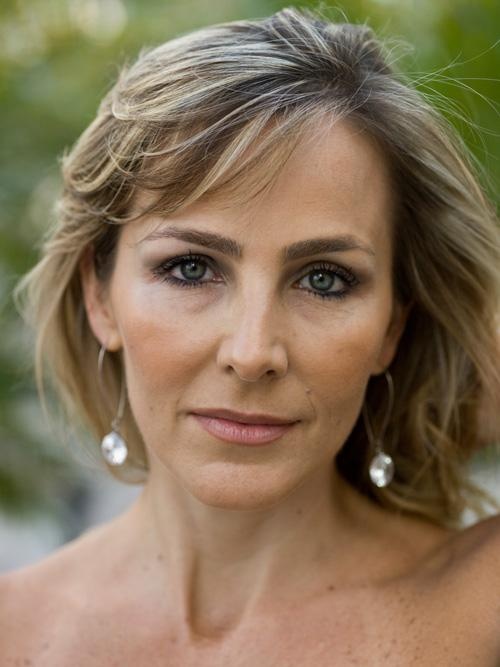
There are two main types of hair and scalp diseases: infectious and non-infectious. Infectious diseases are those that they can go contagiously from one man to another. The most common examples of them are: impetigo, head-lice, ringworm, scabies, warts and some more.
Severity of these infections and their danger to surrounding people may differ greatly. Therefore, it is of primary importance to note the symptoms, define the cause and begin the proper treatment as soon as possible. For this purpose, let’s have a look at some common infectious diseases of the scalp and hair.
Impetigo. This is a highly infectious disease that is most common among children. The cause of it is bacteria (Staphylococcus aureus/pyogenes) that enters through cut or injured head-skin. Impetigo is characterized by large moist blisters that gradually dry and form a yellow crust.
Scabies. Scabies is an ectoparasite skin infection that is caused by a small animal mite that can burrow through the scalp and lay eggs there. It is characterized by itchy rash and reddish spots and burrows on the scalp.
Warts. Warts are little raised lumps, which are typically found on hands and feet, but can occur on the head-skin as well. The cause of this infection is a human papillomavirus (HPV), which is spread by direct contact with the infected person.
Ringworm. This one is also known as Tinea capitis. It is a highly infectious scalp disease that is characterized by pink patches that gradually develop into round areas with damaged hairs. The cause of this infection is the fungus that can be spread directly or indirectly through combs and brushes, clothes and towels.
Head-lice. This is very infectious disease caused by small wingless parasitic insects (head-lice) that spend their entire life on the scalp, lay eggs, reproduce and suck human blood. This infection is very common in children.
Folliculitis. Folliculitis is an infectious inflammation of hair follicles caused by bacteria (Staphylococcus aureus) that enter the scalp through scratching or by direct contact with the infected person.
These are common infectious diseases and conditions of the scalp and hair. If you suspect that you may have one of these disorders, you must instantly seek medical advice from either a doctor
or a trichologist.

 Vitamin Agent The Health & Naturalistic Source
Vitamin Agent The Health & Naturalistic Source





